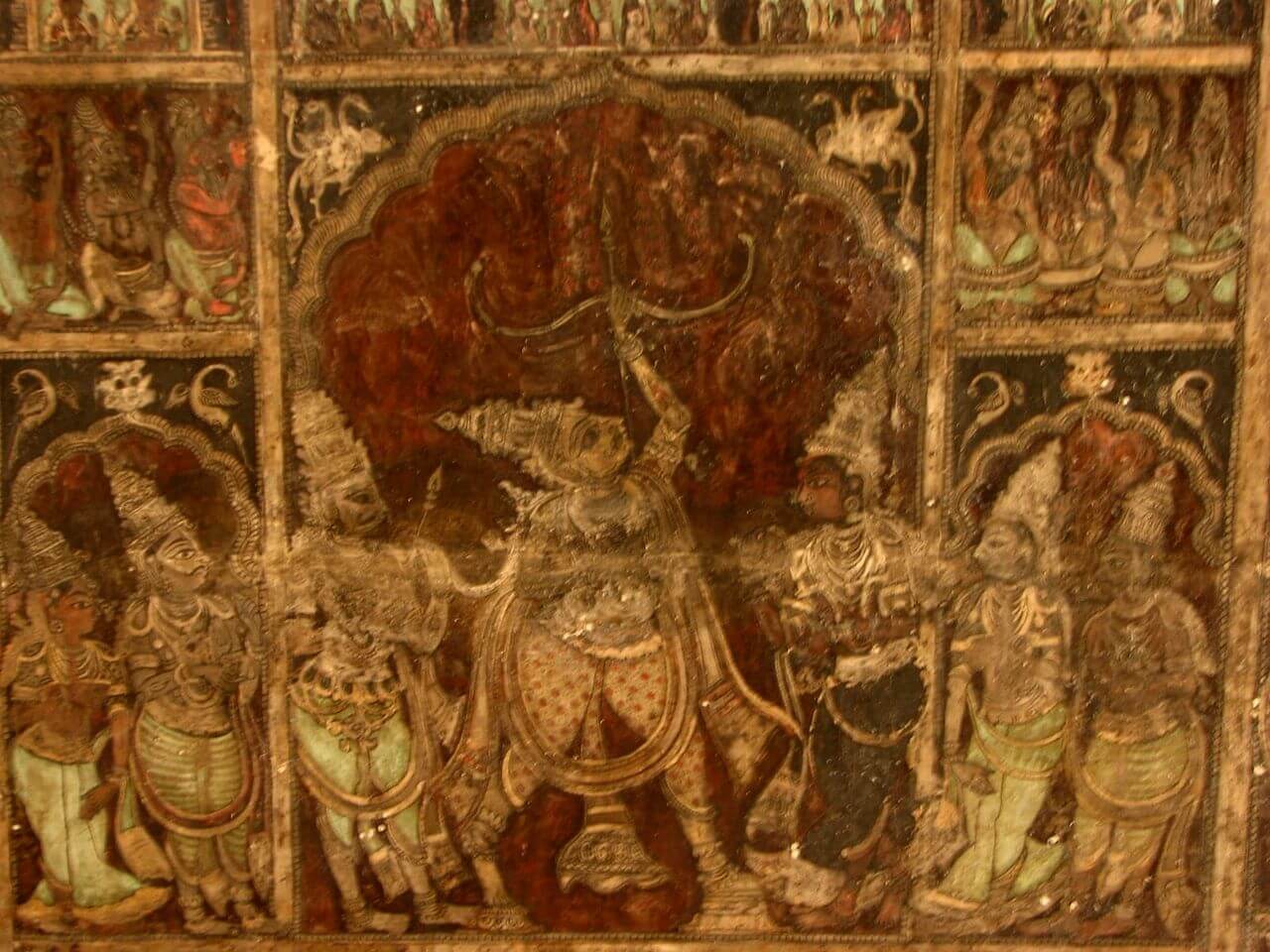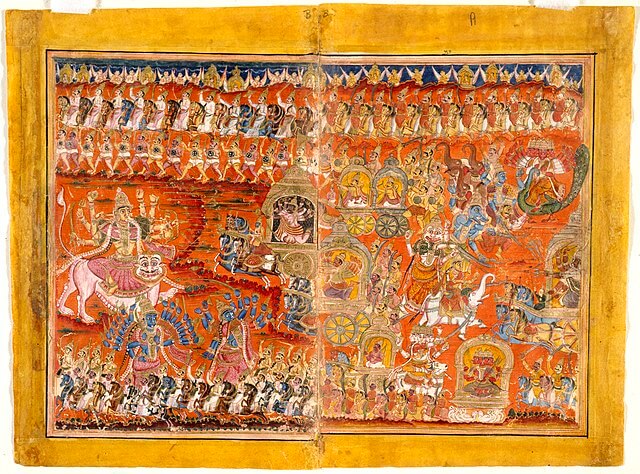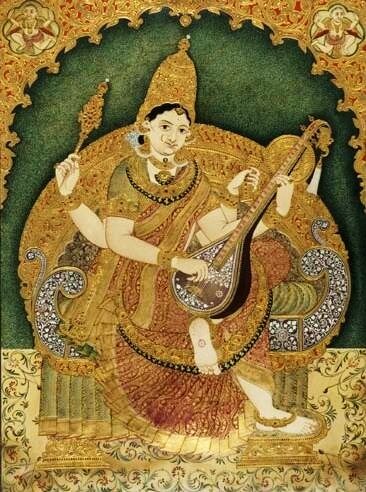
Mysuru Paintings
Mysore Painting is a form of classical South Indian painting, which evolved in the Mysore city of Karnataka. During that time, Mysore was under the reign of the Wodeyars and it was under their patronage that this school of painting reached its zenith. Quite similar to the Tanjore Paintings, Mysore Paintings of India make use of thinner gold leaves and require much more hard work. The most popular themes of these paintings include Hindu Gods and Goddesses and scenes from Hindu mythology. The grace, beauty and intricacy of Indian Mysore Paintings leave the onlookers mesmerized.
History of Mysore Paintings
It was under the rule of Raja Krishna Raja Wodeyar that the popularity of the Mysore School of painting reached its highest point. However, after the Raja expired in 1868, the artists started scattering and the school reached the point of total extinction. The year 1875 saw the establishment of Jagan Mohan Palace and Chitrakala School and along with it, the revival of the Mysore Painting of India. Late Sri Siddalingeswara Swamiji and late Sri Y. Subramanya Raju also contributed to this exquisite art form.

Centers of Mysore Paintings
Indian Mysore School of paintings exists in Mysore, Bangalore, Narasipura, Tumkur, Sravanabelagola and Nanjangud.

Making Mysore Paintings
A number of steps are involved in the process of producing a Mysore painting. The first step requires the artist to make a preliminary sketch of the image on the base, which comprises of a cartridge paper pasted on a wooden base. Thereafter, he makes a paste of zinc oxide and Arabic gum, known as ‘gesso paste’. This paste is used to give a slightly raised effect of carving to those parts of the painting that require embellishments and is allowed to dry. Then, gold foil is pasted onto the surface. The rest of the painting is prepared with the help of watercolors. After the painting is fully dried, it is covered with a thin paper and rubbed lightly with a smooth soft stone.
In the traditional Mysore paintings, all the inputs were made by the artists, including brushes, paints, board, gold foil, etc. Instead of the poster colors and watercolors of today, vegetable and mineral colors were used. Even the base was formed of paper, wood, wall and cloth, rather than the sole cartridge paper base used now. The sketches were made with the help of charcoal, which was prepared by burning tamarind twigs in an iron tube. The brushes were made of different materials, like squirrel hair, camel hair, goat hair, etc.
